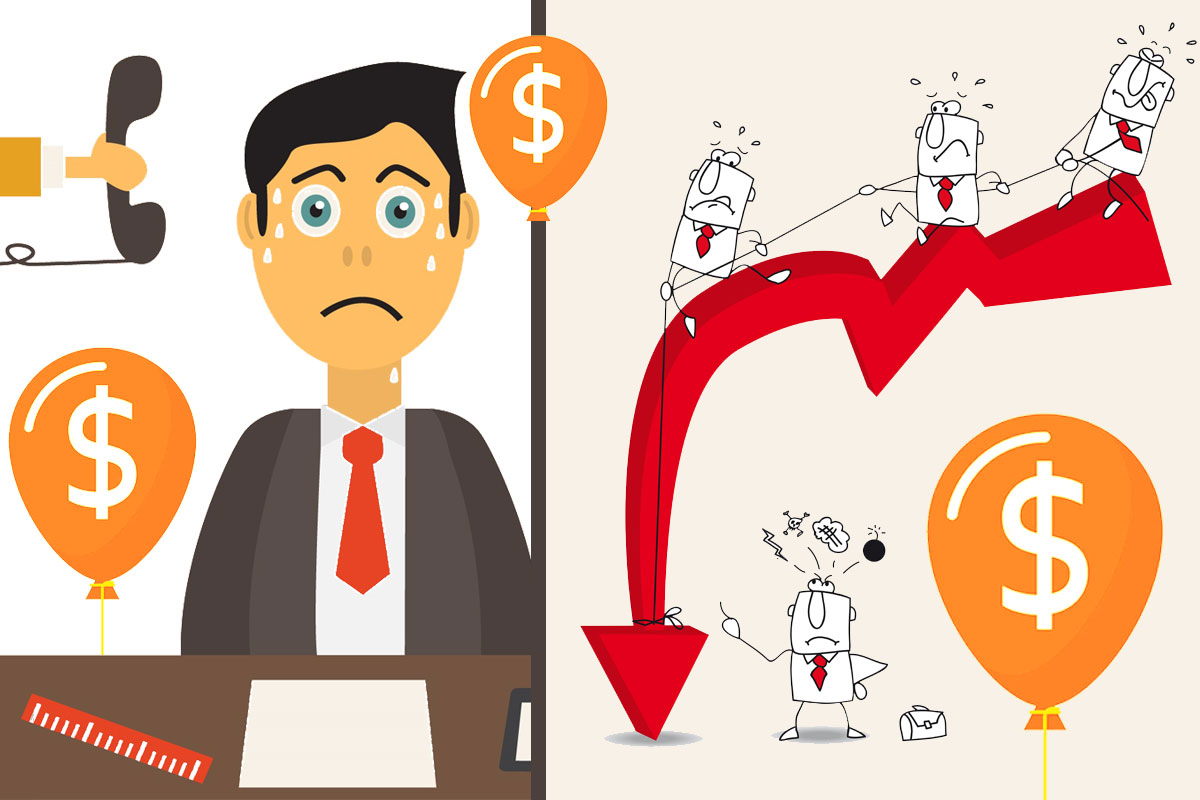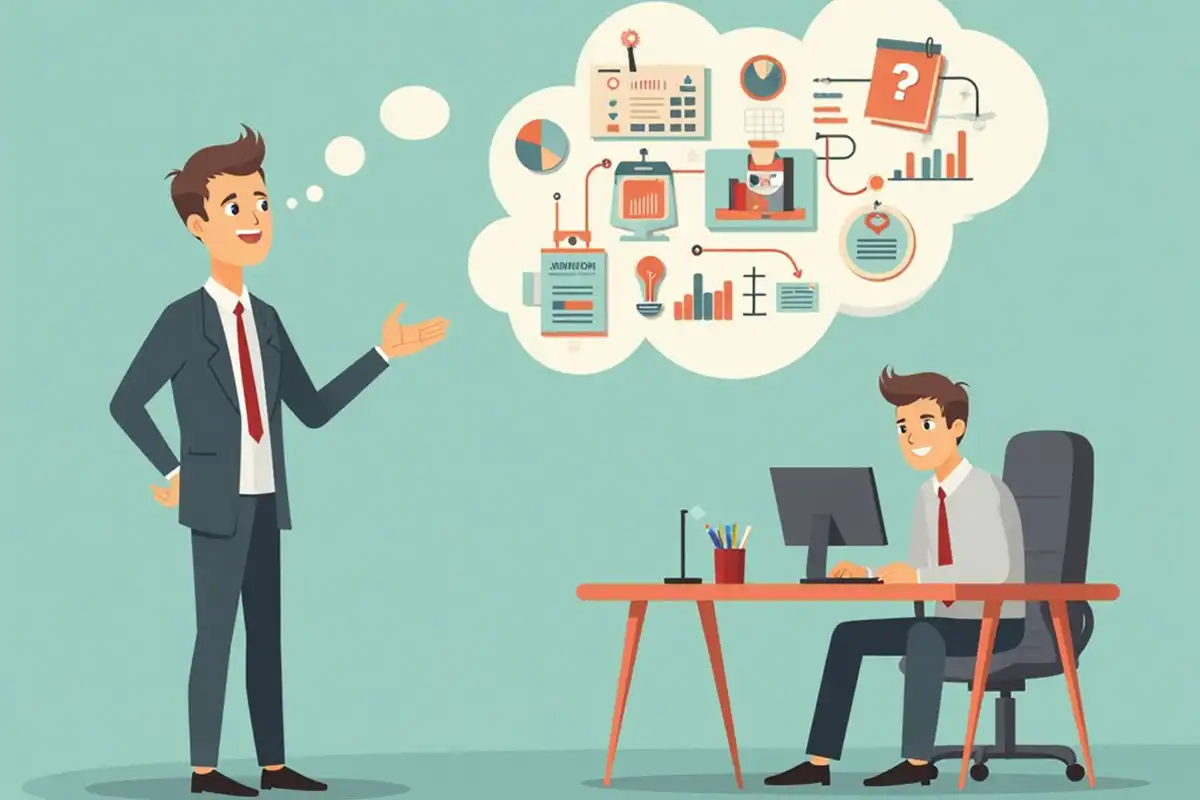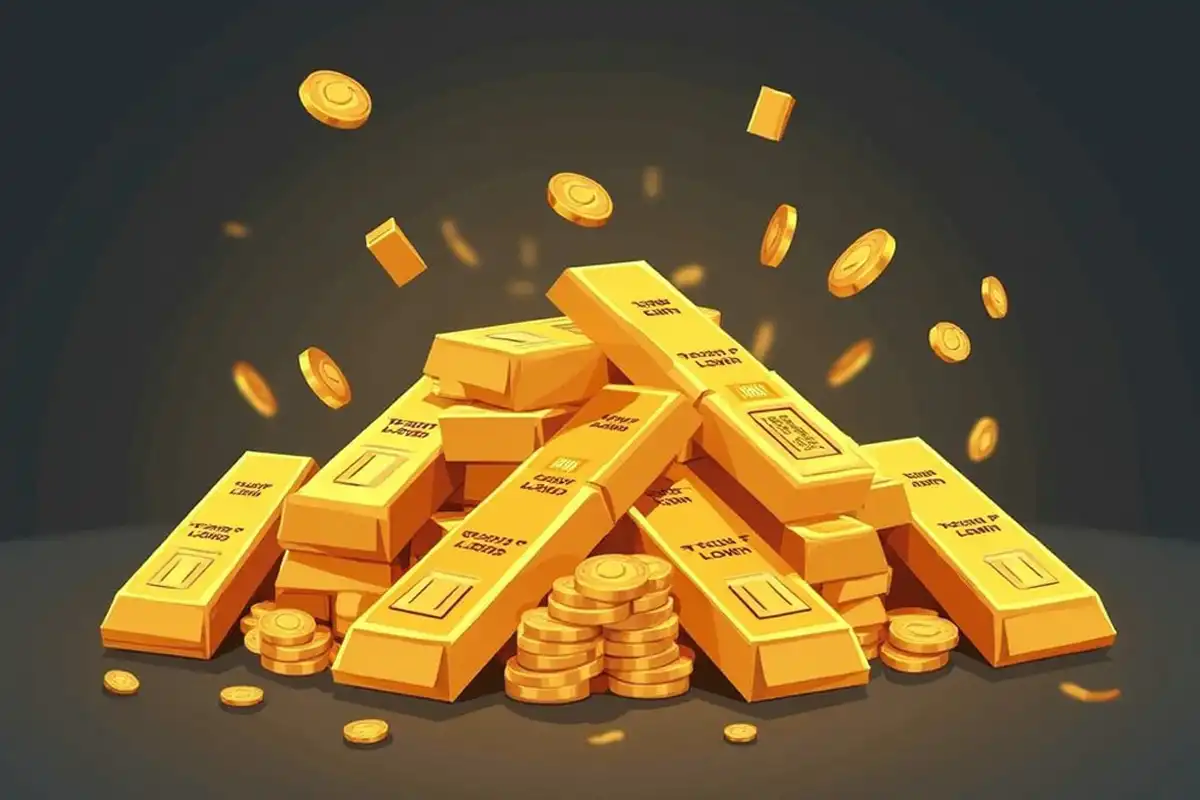Crisis and default - sometimes you have to hear about such phenomena when evaluating some economic processes.
What is it in general and what are their differences?
Both the crisis and the default are identified with a certain negative economic condition of the business or the state.
Crisis is the state of an economic entity in which there are temporary difficulties in servicing the expenditure part of its budget. This is mainly due to a drop in revenues (receipts) to the budget or an increase in their expenses. In this case, economic activity (trade, financial) continues to be carried out by resolving issues with creditors on financing of emerging "holes". In this state, there is a clear tendency to increase the debt burden, but payment for current obligations is still carried out.

The crisis is a difficult situation, but the balance of payments is somehow maintained and the conditions for getting out of it will depend more on the potential for economic development and profitable investment injections into this subject.
If the crisis has not been overcome and has a protracted phase, then there are all the prerequisites for a transition to a state of default.
Some, not understanding the very essence of the process, associate default with some kind of physical liquidation of the entity from which it took place (business or the state). Well, as it were – «clap» and it's not.
However, this is not quite true.
Default is an unresolved crisis situation.
Consider it in relation to the state.
When there comes a situation when the state cannot pay off its external obligations (Eurobonds, IMF loans, etc.), that is, in a crisis there comes a moment when it "says" - "Everything, we don't pay our debts"we can't", then this situation goes from crisis to default. Physically, in this state, the state continues to function, but only when:
- complete discrediting of the existing government
- termination of all types of interstate financing
- closing of all credit lines
- arrest of all state assets abroad
- impoverishment of the population and its transition to a "garden" form of survival
- political crisis and possible split of the country
In the conditions of default, the "dark" economy is growing and the total impoverishment of the ordinary population with declining pension and social benefits is taking place.
For a business, it is bankruptcy and the sale of all assets to repay all its debts.

In world history, one of the clearest examples of default is Germany, which fought wars for half of the last century and then retreated from them.
So, in 1919, according to the Treaty of Versailles, it had to pay reparations (material damage from military interventions) in the amount equivalent to 100 thousand tons of gold. - Just imagine this amount! And she paid it off, borrowed it somewhere and paid it off. And so, the process of payments continued until the arrival of Hitler, who, to put it mildly, "sent" everyone with this debt. After that, the Second World War began. Further, already under Adenauer and the unification of Germany, she still continued to pay off, and was able to pay the main amount of the debt in 1983. And here are the latest interest on it only in 2010.
One can only imagine the impact of default on ordinary citizens of this country at that time. How many generations of Germans were calculated for what their grandfathers and great-grandfathers did. This is not something abstract - these are real monetary amounts of reparations that were put into the budget to compensate for the fact that those were accumulated.
Therefore, if the crisis is characterized by a relatively short period and the presence of ways out of it, then default on the contrary is a protracted, long-term state with enormous economic consequences.
Crisis and default - what are the differences ? - Something like that!


































